Filter by
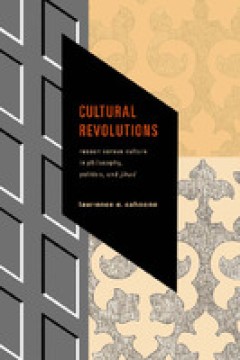
Cultural revolutions : reason versus culture in philosophy, politics, and jihad
Cultural Revolutions argues that reason itself is cultural, but no less reasonable for it. Lawrence Cahoone systematically defines culture and gauges the consequences of the ineradicably cultural nature of cognition and action, yet argues that none of this implies relativism. Cahoone offers a definition of culture as teleologically organized practices, artifacts, and narratives and analyzes the…
- Edition
- -
- ISBN/ISSN
- 9780271030241
- Collation
- 231p.
- Series Title
- -
- Call Number
- 306.09 CUL c
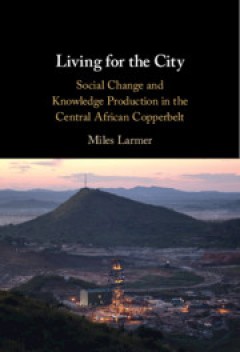
Living for the city : social change and knowledge production in the Central A…
Living for the City is a social history of the Central African Copperbelt, considered as a single region encompassing the neighbouring mining regions of Zambia and the Democratic Republic of Congo. The Haut Katanga and Zambian Copperbelt mine towns have been understood as the vanguard of urban 'modernity' in Africa. Observers found in these towns new African communities that were experiencing w…
- Edition
- -
- ISBN/ISSN
- 9781108973120
- Collation
- xiii, 380 p. : ill
- Series Title
- -
- Call Number
- 967 LAR l
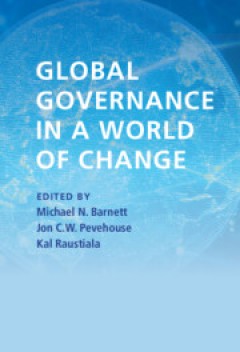
Global governance in a world of change
Global governance has come under increasing pressure since the end of the Cold War. In some issue areas, these pressures have led to significant changes in the architecture of governance institutions. In others, institutions have resisted pressures for change. This volume explores what accounts for this divergence in architecture by identifying three modes of governance: hierarchies, networks, …
- Edition
- -
- ISBN/ISSN
- 9781108915199
- Collation
- xii, 381 p. : ill.
- Series Title
- -
- Call Number
- 341.2 BAR g
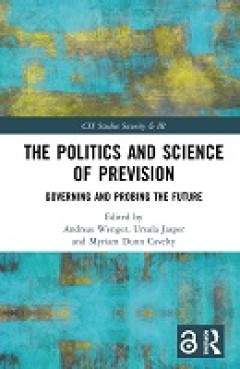
The politics and science of prevision : governing and probing the future
"This book inquires into the use of prediction at the intersection of politics and academia, and reflects upon the implications of future-oriented policymaking across different fields. The volume focuses on the key intricacies and fallacies of prevision in a time of complexity, uncertainty and unpredictability. The first part of the book discusses different academic perspectives and contributio…
- Edition
- 10
- ISBN/ISSN
- 9780367900748
- Collation
- xi, 272 p. : ill.
- Series Title
- -
- Call Number
- 320.6 WEN t
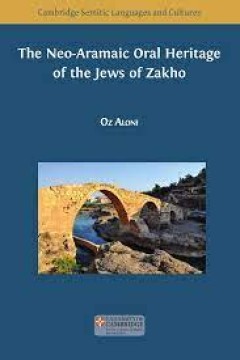
The Neo-Aramaic Oral Heritage of the Jews of Zakho
In 1951, the secluded Neo-Aramaic-speaking Jewish community of Zakho migrated collectively to Israel. It carried with it its unique language, culture and customs, many of which bore resemblance to those found in classical rabbinic literature. Like others in Kurdistan, for example, the Jews of Zakho retained a vibrant tradition of creating and performing songs based on embellishing biblical stor…
- Edition
- -
- ISBN/ISSN
- 9781800643048
- Collation
- xiii, 349 p. ; 15.6 cm.
- Series Title
- -
- Call Number
- 290 ALO t
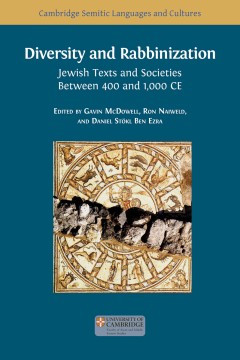
Diversity and rabbinization: jewish texts and societies between 400 and 1000 CE
This volume is dedicated to the cultural and religious diversity in Jewish communities from Late Antiquity to the Early Middle Age and the growing influence of the rabbis within these communities during the same period. Drawing on available textual and material evidence, the fourteen essays presented here, written by leading experts in their fields, span a significant chronological and geograph…
- Edition
- -
- ISBN/ISSN
- 9781783749959
- Collation
- xxiii, 474 p. : ill. : ind. ; 24 cm
- Series Title
- -
- Call Number
- 296.1 DIV d
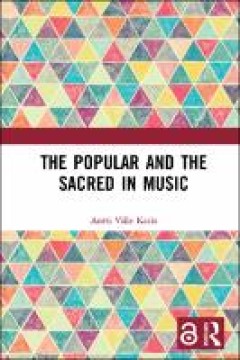
The popular and the sacred in music
Music, as the form of art whose name derives from ancient myths, is often thought of as pure symbolic expression and associated with transcendence. Music is also a universal phenomenon and thus a profound marker of humanity. These features make music a sphere of activity where sacred and popular qualities intersect and amalgamate. In an era characterised by postsecular and postcolonial processe…
- Edition
- -
- ISBN/ISSN
- 9781003183648
- Collation
- XII, 198 p.
- Series Title
- -
- Call Number
- 781.64112 KAR p
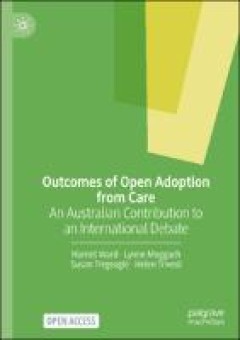
Outcomes of open adoption from care : an Australian contribution to an intern…
This Open Access book presents unique evidence from the first comprehensive study of the outcomes of open adoption from care in Australia. It contributes to the international debate concerning the advantages and disadvantages of face-to-face post adoption contact with birth families. The chapters assess whether adoption provides a better chance of permanence and more positive outcomes than long…
- Edition
- -
- ISBN/ISSN
- 9783030764296
- Collation
- 321p. ; ill..
- Series Title
- -
- Call Number
- 362.734 HAR o

Thinking of Space Relationally : Critical Realism Beyond Relativism - A Manif…
Since the relational turn, scholars have combated methodological universalism, nationalism, and individualism in researching social-spatial transformations. Yet, when leaving the gaps between the traveling and local epistemic assumptions unattended, engaging relational spatial theories in empirical research may still reproduce established theoretical claims. Following the sociology of knowledge…
- Edition
- 8
- ISBN/ISSN
- 9783839455876
- Collation
- 282 p, ill.
- Series Title
- -
- Call Number
- 709.5115 GAO t
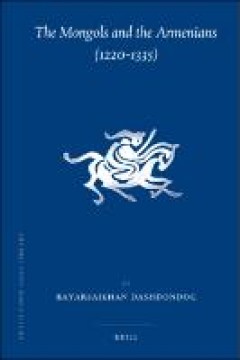
The Mongols and the Armenians (1220-1335)
In the thirteenth century, the Armenians of Greater Armenia and of the Armenian Kingdom in Cilicia were invaded by Mongol nomads of the Inner Asian steppe. The ensuing Mongol-Armenian relations were varied. The Greater Armenians became subjects of the Mongol Empire, whereas the Cilician Armenians, by entering into vassalage, became allies and furthered the Mongol conquests. In order to enhance …
- Edition
- -
- ISBN/ISSN
- 9789004186354
- Collation
- xiii, 267 p. : ill
- Series Title
- -
- Call Number
- 956.62014 DAS t
 Computer Science, Information & General Works
Computer Science, Information & General Works  Philosophy & Psychology
Philosophy & Psychology  Religion
Religion  Social Sciences
Social Sciences  Language
Language  Pure Science
Pure Science  Applied Sciences
Applied Sciences  Art & Recreation
Art & Recreation  Literature
Literature  History & Geography
History & Geography